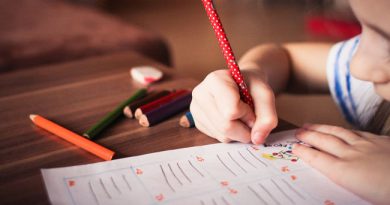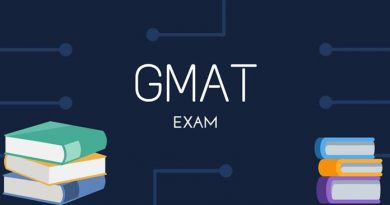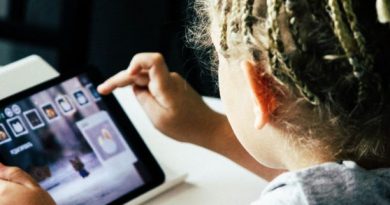Children and money: how to teach a child financial literacy?
 Financial literacy is a combination of knowledge, skills and attitudes that allow a person to effectively and thoughtfully manage their finances: from planning a family budget to loans and the formation of savings.
Financial literacy is a combination of knowledge, skills and attitudes that allow a person to effectively and thoughtfully manage their finances: from planning a family budget to loans and the formation of savings.
In this article we will tell you about the most common stumbling blocks and mistakes of children and adolescents in financial planning.
What does financial literacy give ?
Experience has shown that the ability to live within your means and pursue your dreams is closely linked to the ability to prioritize, plan your spending wisely, and create short-term and long-term savings based on your actual income.
One of the indicators of good financial literacy is the ability to cope with unforeseen, but at the same time inevitable, everyday expenses, be it an unplanned visit to the doctor, repairing a refrigerator, or an unexpected trip to a restaurant with friends. But if at the end of the month there is always not enough money, this suggests that financial literacy leaves much to be desired.
The situation is similar with loans. People say: you take other people’s money, and give yours! The temptation to buy a new phone, indulge in nice shoes, or go on a weekend trip to London can be overwhelming. It is not necessary to deny yourself every time, but before you act, you must seriously assess the feasibility of spending, the need for a loan and your ability to repay the loan.
Financial literacy needs to be learned from childhood
Did you know the fourth industrial revolution is already there and that is why you should be more careful with your money. In many families it is not customary to talk about money. But the sooner the child learns how to handle money and the more often the family talks about priorities and cost planning, the easier it will be for the child to master the basics of financial literacy. In fact, these are completely simple questions: why you can’t buy everything your soul asks for, why you need to work, why you need to save water and electricity, how to save up for a summer trip. Your child will appreciate the fact that you treat him like a full member of the family, and imperceptibly absorb the basics of financial literacy.
Pocket money is the first practical experience helping a child master financial planning. Half of children start receiving their first pocket money at the age of 5-6, and at school almost everyone has pocket money. Buy sweets or save up for a thing you’ve been dreaming about for a long time? This choice will be the first, but very important step for a child to plan their own budget. In turn, if the child immediately spends all the money on trinkets, this will be an excellent occasion to discuss his act with him and talk about the more appropriate use of pocket money. It is better to let a child “go bankrupt” with ten euros today than he will do it with thousands or more in adulthood.
Pocket money is a good start, but as they get older, the child should be more involved in planning the family budget, for example, the child can be entrusted with certain items of expenditure or regularly discuss with him the family’s approach to planning expenses and creating savings. This will help the child better prepare for an independent adult life.
Challenges: understanding the value of money and spending deliberately
Understanding the value of money and the ability to spend it wisely are the main issues with which, according to parents, children have difficulties. This is the opinion of more than half of adults (53%) raising children between the ages of five and 19, – there are some reports that show. For a year now, parents have been helped by the Swedbank Financial Laboratory, which offers students in grades 4-12 to master the basics of financial literacy in a fun way. Students learn and gain new experiences in a variety of areas, from budget planning to personal growth and safe handling of money in an electronic environment.
After class, children fill out a special test that allows them to check their knowledge. The laboratory’s experience shows that most of the schoolchildren who have attended the lectures better understand the role of savings, know how to create a strong password for the Internet bank, and can name the largest items of expenditure in the family budget. In turn, primary school students (from 4th to 6th grade) have difficulty distinguishing between planned and unforeseen expenses, and also do not quite understand that they need to start saving for retirement as early as possible.
—————————————————————————————————




